U.S. Air Force Test Pilot School History at Edwards AFB
Throughout World War II the focus of the U.S. military aviation had gradually shifted westward, toward the great airplane companies along the West Coast. With Muroc Air Force Base providing an ideal flying environment, it was becoming increasingly obvious that Wright Field should move its entire flight test operations there – and its test pilot school as well. In September 1949, Col. Boyd had been selected for brigadier general and had assumed command of Muroc Air Force Base, and he began preparations to move the newly-renamed Air Materiel Command Experimental Test Pilot School westward. Two years later, the arrangements had been completed and the school was moved to the newly-renamed Edwards Air Force Base on Feb. 4, 1951. Two aircraft accompanied the transfer, and the training establishment took up residence in a wooden maintenance hangar located on what later came to be known as South Base. Two months later, the Air Force created the Air Research and Development Command (ARDC) and assigned all R&D activities to the new organization. The ARDC assumed administrative control over the base and the school’s official designation likewise changed once more, to the ARDC Experimental Test Pilot School.
If the school’s new home was made up of rickety wartime buildings located far from urban entertainment, at least its flying environment was superb. The immense 6-by-12 mile expanse of Edwards Dry Lake offered a comforting alternative to the base’s runway and a new 15,000-foot concrete strip – the longest in the United States – was soon to be built.
The flying weather was likewise excellent; during its first seven months of operations, the school lost only two flying days because of bad weather conditions. Because the air is generally smoother in the morning hours, the daily schedule changed to mornings in the cockpit, followed by afternoons in the classroom. Student pilots soon discovered, however, that the delights of clear air and uncluttered airspace were counterbalanced to some degree by the drudgery of data reduction. After each test or training flight, the numerous data points recorded on film or oscillograph paper had to be laboriously transcribed and then reduced by hand into a coherent report – easily the least popular part of the curriculum.
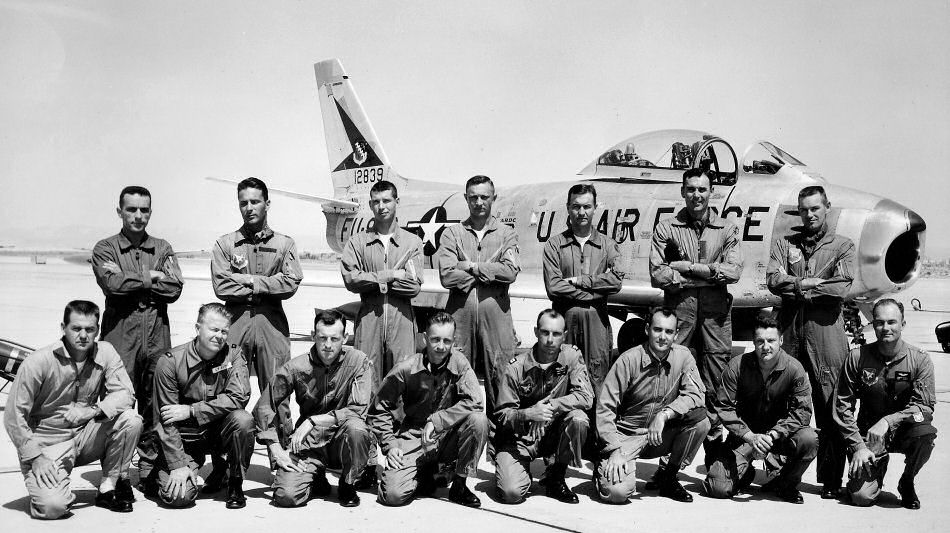
Scarcely a year after the move to Edwards Air Force Base, the school’s name changed once more, to the U.S. Air Force Experimental Flight Test Pilot School. This change was more significant than it might appear. Throughout its early years, the school had coexisted with the Flight Test Division, which supplied the bulk of its students. Even after the move to Edwards, many students were simply chosen from volunteers from the local test support squadron. Now, however, the school began to draw on a much wider pool of candidates from across the entire Air Force spectrum. More importantly, entrance requirements were tightened and the selection process became intensely competitive, as it remains today. Candidates not only had to be outstanding pilots, but were expected to satisfy stringent academic requirements as well – it was becoming increasingly obvious that only the very best and the brightest need apply. Incoming students now found themselves confronting accelerated courses in subjects such as flight mechanics, differential calculus and supersonic aerodynamics. The tougher requirements soon paid off: the student dropout rate plummeted and the professionalism of the graduates increased even further. The Test Pilot School took its place in the front rank of the select few such institutions in the world.
Throughout the 1950s, the school continued to evolve in order to meet the requirements of a huge number of new airplanes coming into the service – the Golden Age of Edwards Air Force Base. Efforts to update the TPS fleet with high performance aircraft, however, were often frustrating, and aircraft acquisition came to be a perennial challenge to the ingenuity of school commandants. The venerable T-33 T-Birds graced its flight line for an entire generation, but its other trainers were often a motley collection of jet and piston aircraft. Its facilities improved greatly when the school, which had been renamed the U.S. Air Force Flight Test Pilot School on June 9, 1955, moved into its present facilities on the Main Base. On March 14, 1956, the TPS gladly exchanged its wooden hangar for a new purpose-built classroom and administration building, and its aircraft could now be serviced in one of the two huge World War II steel hangars which had also been moved from South Base as part of Edwards Air Force Base’s giant modernization project.
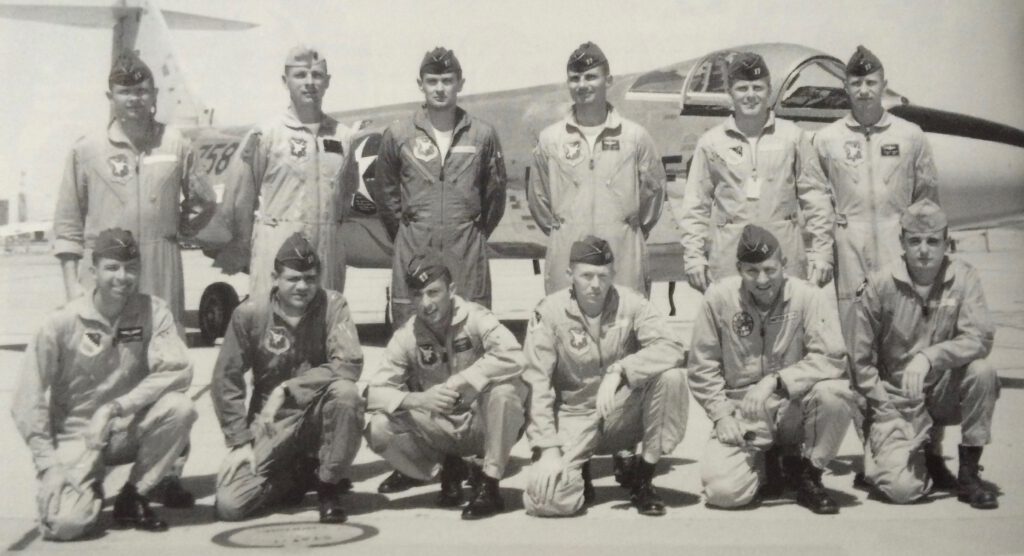
Once ensconced in its permanent quarters, the Test Pilot School continued to evolve its curriculum in order to satisfy rapidly-changing Air Force requirements. Even as Sputnik turned the world’s eyes toward the heavens late in 1957, the Air Force was preparing for flight beyond the atmosphere: within two years of the first orbital flight, the X-15 was poised to fly at unprecedented heights for a winged airplane and the X-20 Dyna-Soar program began, aimed at manned orbital flight.
The Test Pilot School began to develop additional courses to help new test pilots cope with new responsibilities, and the school’s six-month course was extended to eight. By the end of 1958, its academic curriculum was becoming widely regarded as equivalent to the final two years of college-level aeronautical engineering work. More was to come. As the Air Force gradually developed an aerospace doctrine during this period, a small cadre began to establish the criteria for additional course work aimed at qualifying TPS graduates for the tasks of an astronaut.
This movement came to full term on Oct. 12, 1961, when the Test Pilot School was redesignated the U.S. Air Force Aerospace Research Pilot School (ARPS). Now the curriculum expanded to a full year. U.S. military pilots who were admitted to the nation’s first formal astronaut training course found that the school’s traditional performance and flying qualities curriculum was now only the prelude to a rigorous array of space-related courses, such as thermodynamics, bioastronautics, and Newtonian mechanics. New and up-to-date aircraft began to appear on the flight line, and advanced computer systems were acquired. The first-of-its-kind T-27 Spaceflight Simulator became the keystone of the new curriculum, replicating nearly all of the sights, sounds and sensations to be encountered in a variety of space missions and vehicles. To train the students in out-of-atmosphere maneuvering and reentry problems, three F-104 Starfighters were converted to NF-104s; a rocket engine in the tail permitted zoom climbs above 100,000 feet, an altitude where reaction control jets must be used instead of conventional control surfaces.
The new curriculum now required a full year: Phase I (Experimental Test Pilot Course) and Phase II (Aerospace Research Pilot Course) and the selection process became correspondingly more stringent. A bachelor’s of science degree in engineering, physical science or mathematics was now a minimum requirement and even the school’s preliminary “reviews” of various subjects came to be regarded as equal to a year’s advanced study.
With upwards of 300 applications per year, there was no lack of qualified candidates; all had extensive flight experience and many had advanced degrees in hand. One student aptly described his hard-driving classmates as “hyperthyroid, superachieving first sons of superachievers.” The hyperthyroidism paid off: 37 ARPS graduates were selected for the U.S. space program, and 26 of them earned their astronaut’s wings in space. Currently, NASA has chosen more than 75 Air Force ARPS and TPS graduates for astronaut duties.
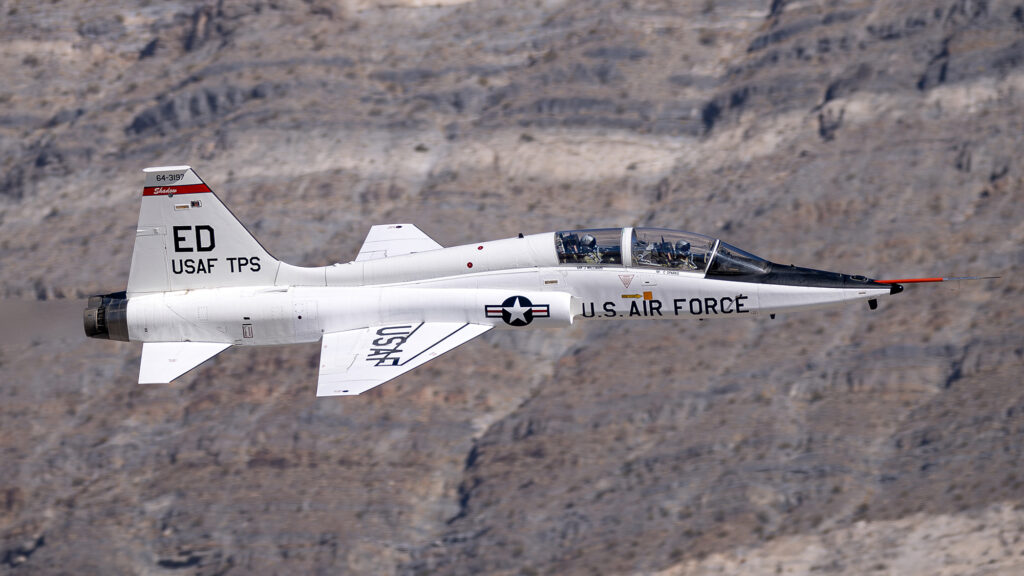
After the first moon landings, however, the national priorities gradually began to change once more. Political and public support for manned space programs began to diminish and the military lost its manned spaceflight mission. The highly advanced X-20 Dyna-Soar and Manned Orbiting Laboratory programs, centerpieces of the school’s very reason for space training, were canceled. At the same time, the rise of the systems technology approach in the aerospace community had dramatically begun to reorient the traditional approach to the development and acquisition of modern aircraft. Clearly, it was necessary for the school to reorient itself. Gradually, the Aerospace Research Pilot School began to de-emphasize its spaceflight training mission. The T-27 simulator was sold to NASA and on July 1, 1972, the ARPS faded into history. The school then received its present designation, the U.S. Air Force Test Pilot School.
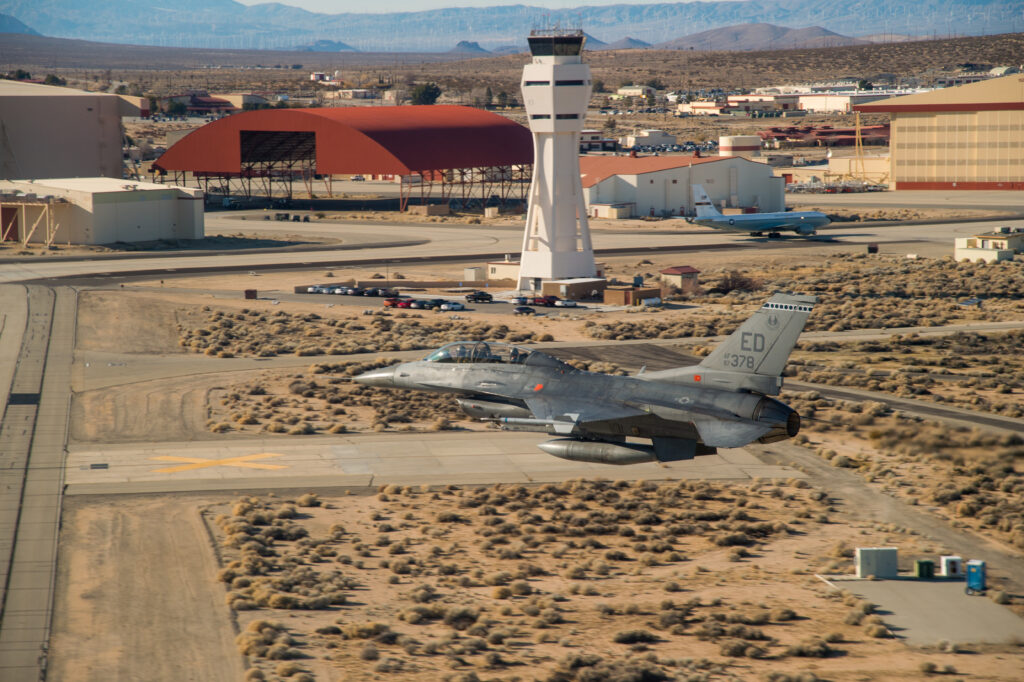
The end of the space flight training mission was counterbalanced by the dramatically-increasing complexity of the new generation of aircraft. In earlier decades, it had been reasonable to consider an airplane’s basic structure, its engine, sensors, flight instruments and controls, and weapons as separate entities. During the 1960s and 1970s, however, the airborne computer had rapidly come to be something more than an airborne convenience; the dramatic increase in computer capabilities, coupled with sophisticated avionics, meant that it was now necessary to conceptualize a new aircraft by its functions and capabilities – the systems approach. Aircraft like the B-1 bomber soon forced yet another paradigm change, meshing all of a new aircraft’s capabilities into a single working entity: systems integration. This required a paradigm change in testing philosophy, as well as additional skills for new test pilots. At the same time, the test pilots’ managerial responsibilities had continued to increase. Therefore, as soon as the school had phased out its no-longer-needed ARPS curriculum, it replaced it with the academic structure which characterizes the school today.
USAF Test Pilot School Patches
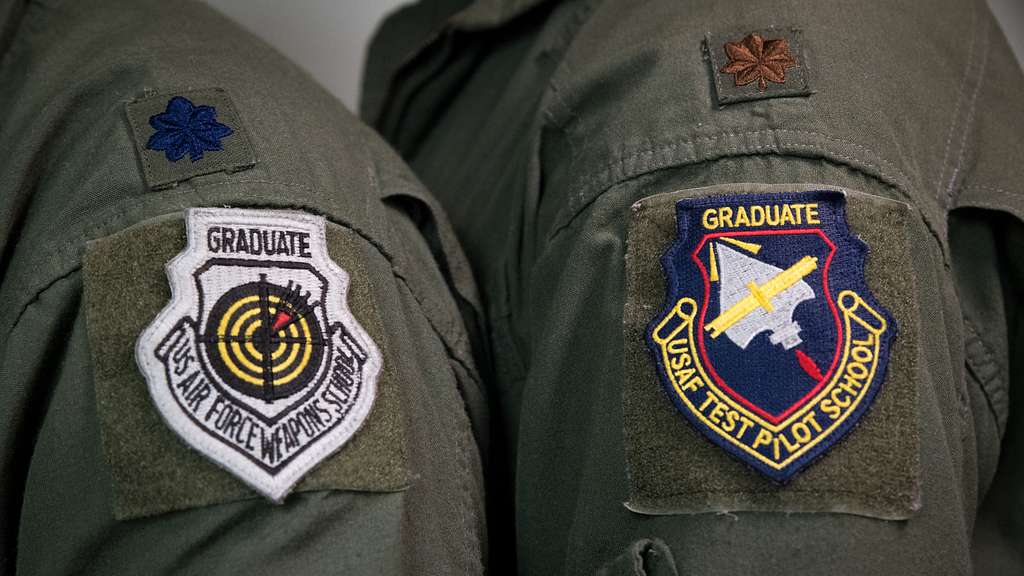
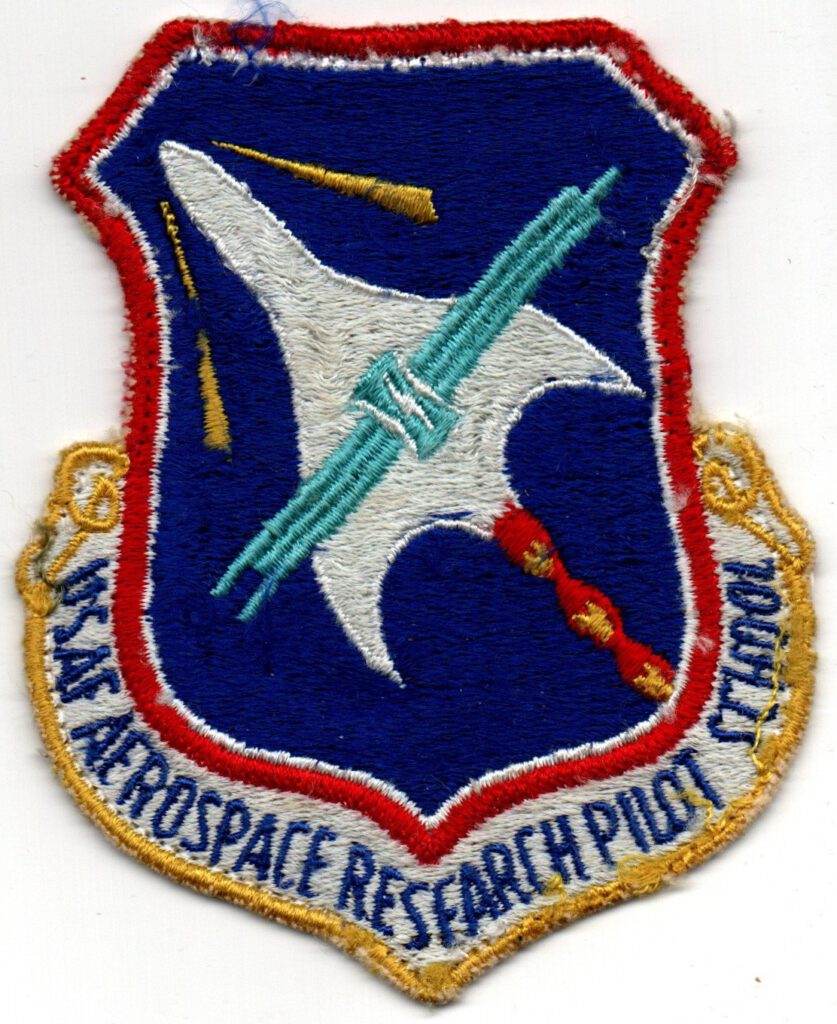
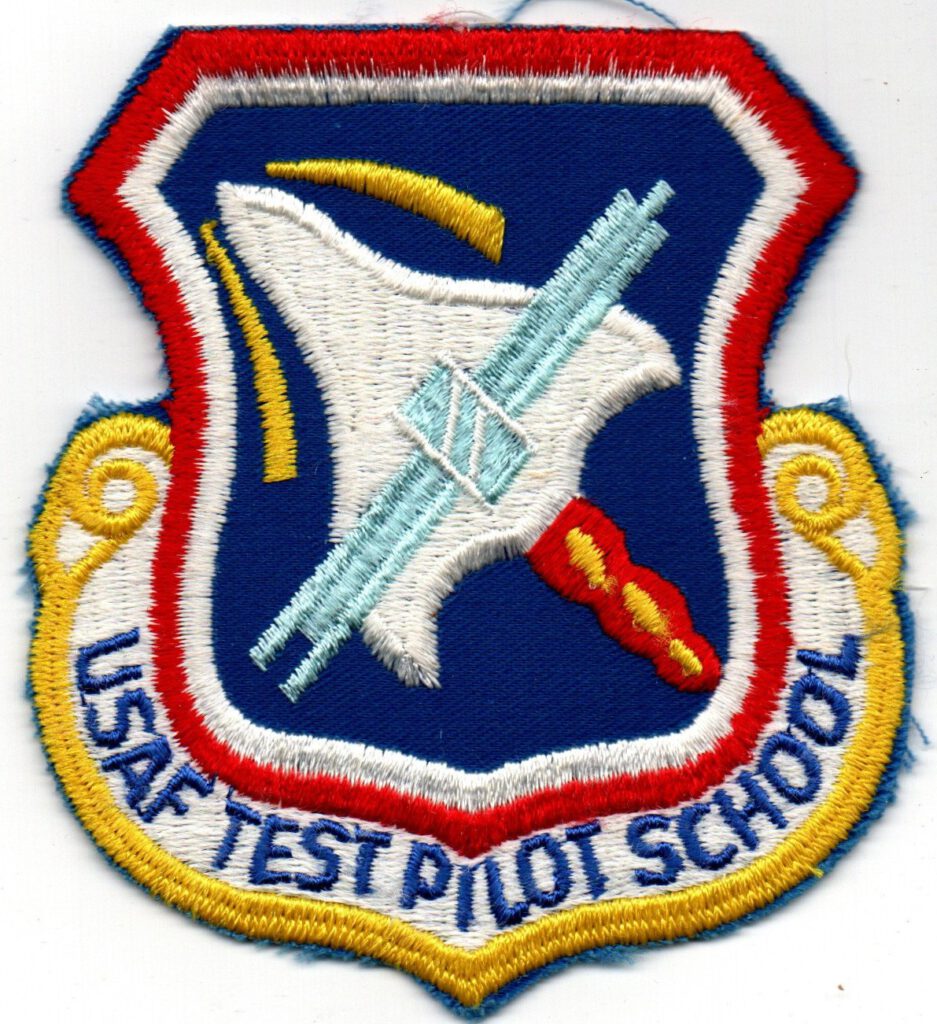
I am searching for any USAF Test Pilot school class patch, if you have a spare one that you would mind to part with please contact met at janpeter@skytrailer.nl